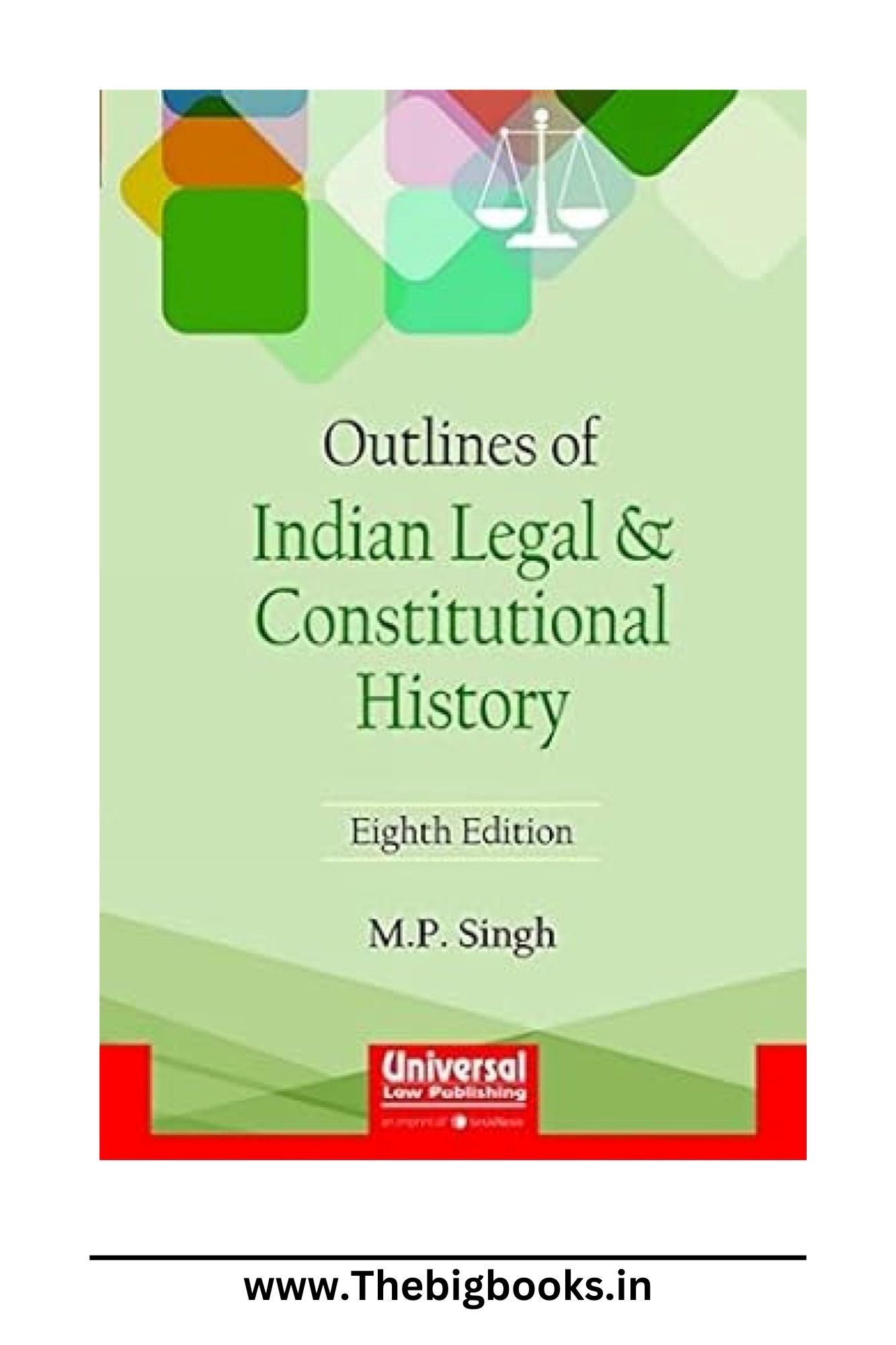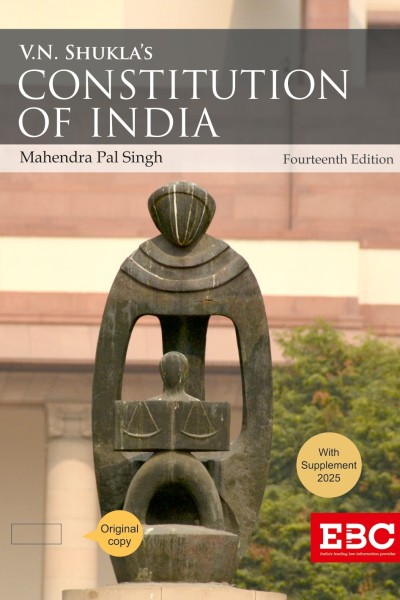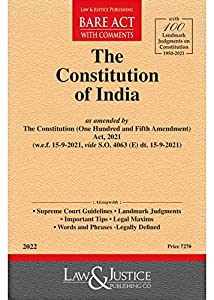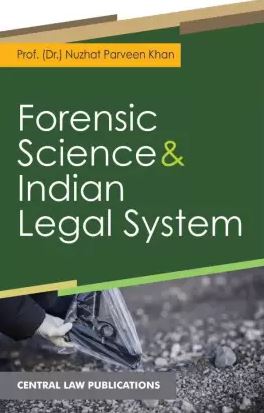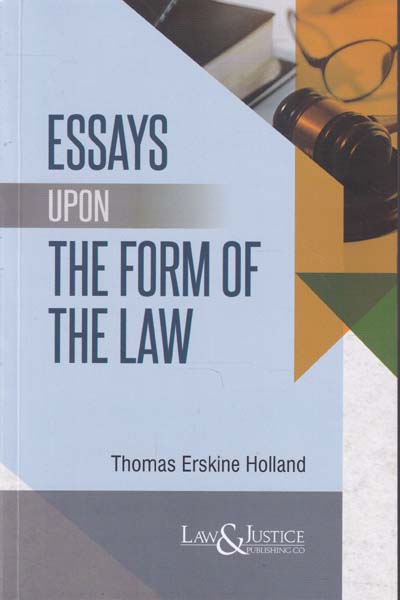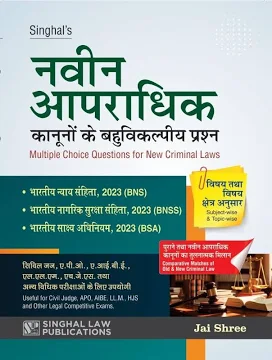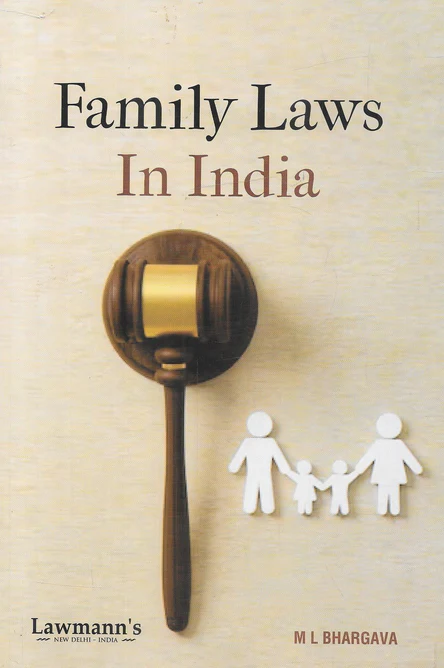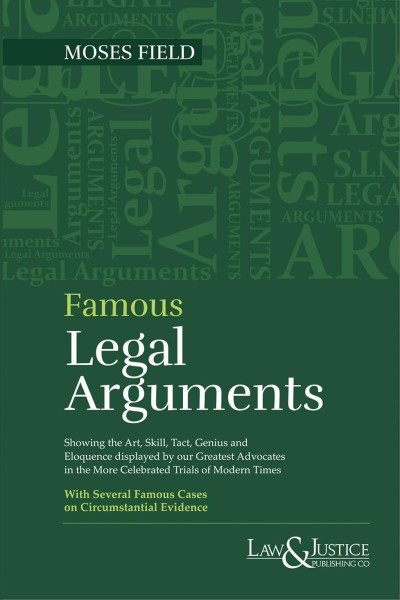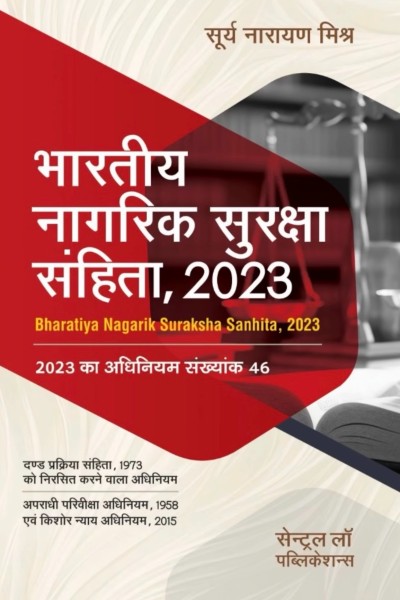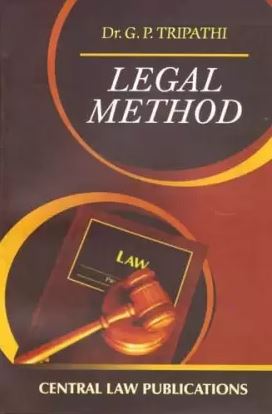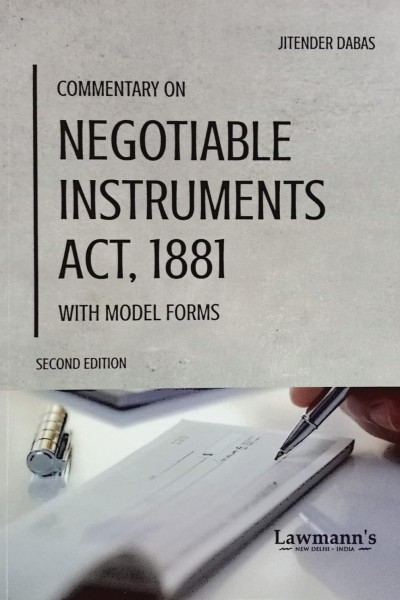LexisNexis' Outlines Of Indian Legal And Constitutional History 8th Edition 2024
| Author : | M P. Singh |
|---|
Outlines Of Indian Legal And Constitutional History: Including Elements Of Indian Legal System Paperback.

480

English

8th Edition 2024
Tags: LEGAL BOOKS, Constitutional of India, Indian Legal And Constitutional History, Indian Legal System
Share this product
Key Features of the Book:
-
Historical Evolution of Indian Law:
- The book traces the origins of Indian legal systems, from ancient Indian laws (like the Manusmriti and Dharmashastras) to the influences of Islamic law during the Mughal period, and later the introduction of British colonial legal principles.
- It covers significant events in the legal history of India, including the establishment of the East India Company, the role of Indian judiciary under British rule, and the gradual shift towards a more unified legal system.
-
Indian Constitutional History:
- The book provides a detailed overview of the development of the Indian Constitution, beginning from the Government of India Acts (1919 and 1935), which laid the foundation for the future constitution.
- It emphasizes the role of key figures like Dr. B.R. Ambedkar and the contributions of the Constituent Assembly in framing the Indian Constitution post-independence.
-
Post-Independence Legal Developments:
- The book also discusses the changes and reforms in the Indian legal system after India’s independence, including the Judiciary's role, fundamental rights, and the principles enshrined in the Indian Constitution.
-
Elements of the Indian Legal System:
- It covers the essential components of the Indian legal system, such as the structure of the judiciary, the role of the legislature, and the functioning of law enforcement agencies.
- The book highlights important legal concepts like legal positivism, common law, and constitutional supremacy, which form the backbone of India’s legal system.
-
Clear and Accessible:
- The book is written in an easy-to-understand language, making it accessible to both law students and the general reader interested in the legal history and constitutional development of India.

